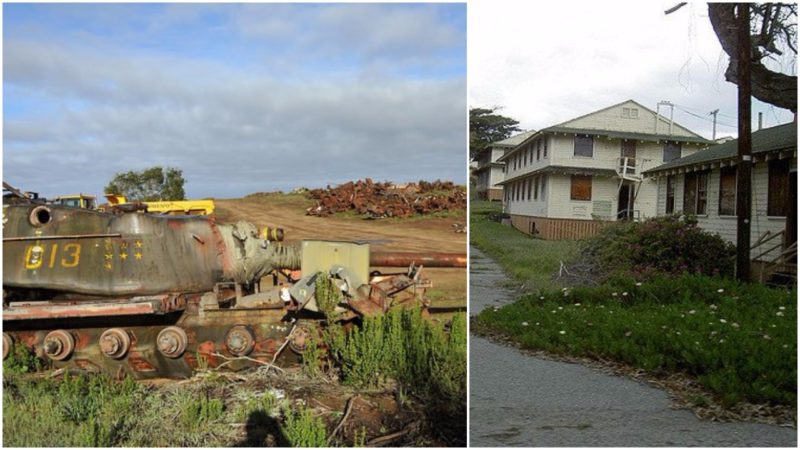Before its closure in 1994, it stood as a fascinating army base. It is located on the Monterey Bay of California’s Pacific coast, and after its abandonment, some of the land was converted into the Fort Ord National Monument.
This monument is handled by the U.S. Bureau of Land Management as part of the National Landscape Conservation System.

In 1917, years before the base was designated as a fort, these fields were used as a maneuvering area and field artillery target range.
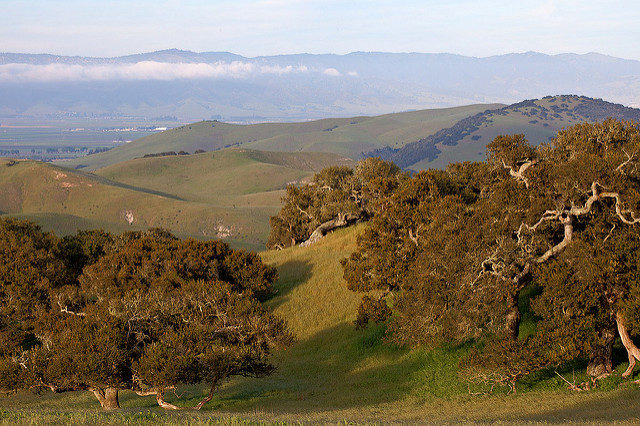
The base was named in honor of Union Army Maj. Gen. Edward Otho Cresap Ord. Initially, horse cavalry units trained at the camp, though eventually, mobile combat units such as tanks, armored personnel carriers, and movable artillery joined the base.
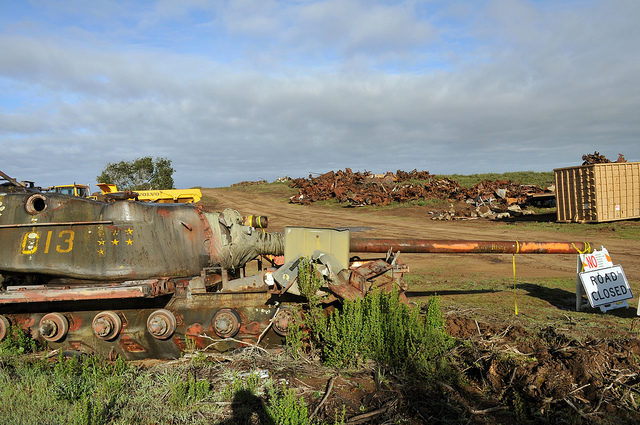
Although it is beautifully situated, the base has a dark history of environmental destruction. It is now one of the most toxic places in America.
Its grounds were the site of 100 square kilometers of petroleum leakages, dump sites, landfills, and a large number of unexploded mines.
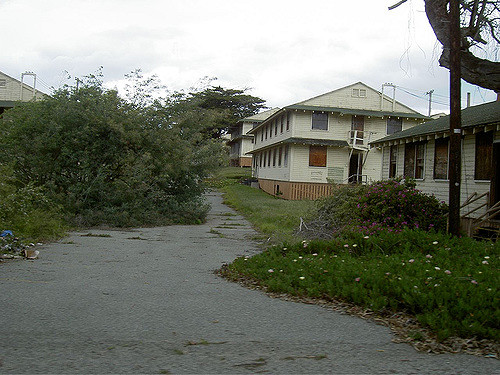
During its peak, the base held some 50,000 soldiers, some serving in the Korean War and some in the Vietnam war.
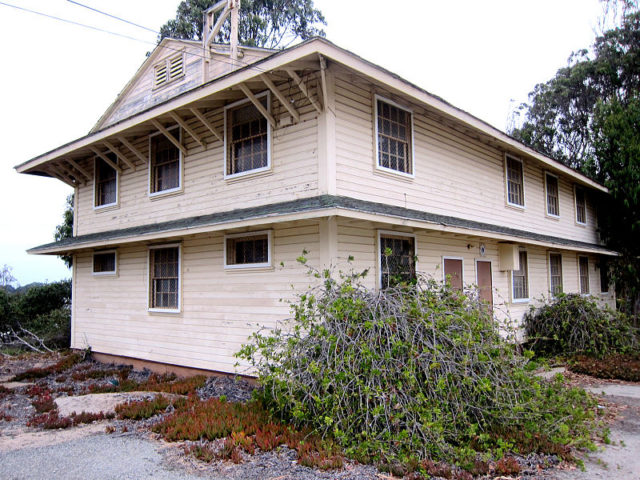
The site functioned as a military base for over 70 years until it was closed down as a result of the Base Realignment and Closure act signed by George H. W. Bush in 1988, in which Fort Ord was the biggest base to be closed down.

The Fort Ord National Monument was created with the goal of conserving the endangered Smith’s blue butterfly, much like the Contra Costa goldfields are protected to preserve the habitat for the threatened California Tiger Salamander.

More than 130 kilometers of public paths are available today for tourists who want to enjoy wilderness alongside the forest creatures.
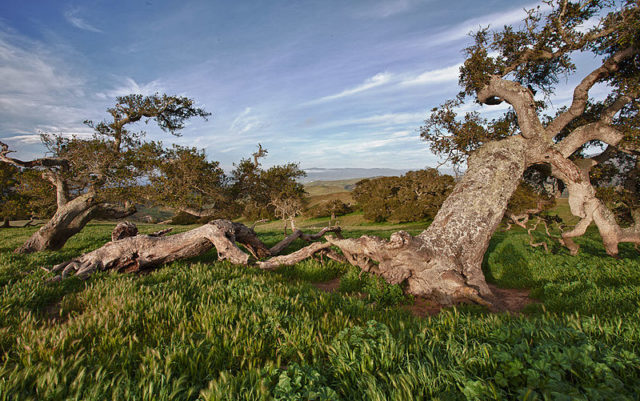
Various buildings remain today, although many of them were demolished when the land was converted to a protected conservation area.
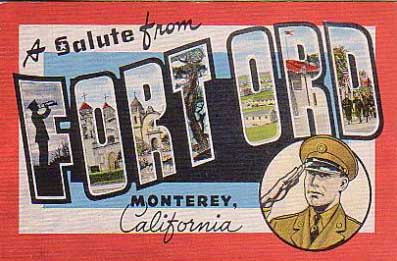
To quote the former President of the United States of America, Barack Obama, The protection of the Fort Ord area will maintain its historical and cultural significance, attract tourists and recreationists from near and far, and enhance its unique natural resources for the enjoyment of all Americans.
